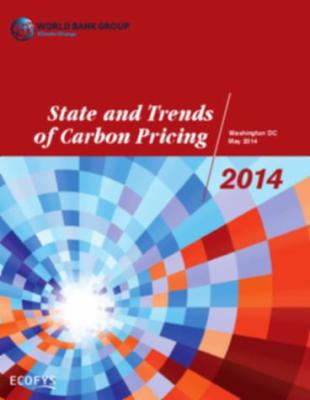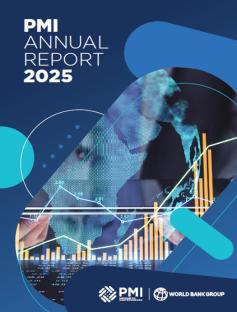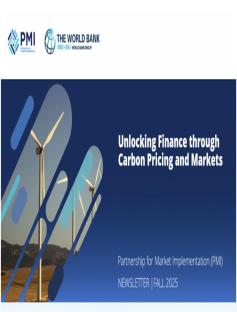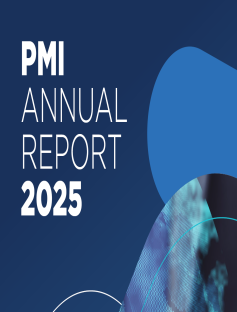This report follows the evolution of carbon pricing around the world. Last year's report mapped the main carbon pricing initiatives. This year the report presents the status of each of these developing initiatives and explores the emerging trends of carbon pricing. The focus is on the recent highlights from around the world and on key lessons that can be drawn from the growing experience. Despite the difficult ongoing international climate negotiations, there is an increased focus on climate change policy and several economies are planning, implementing or refining domestic mitigation actions. These activities take careful note of past experiences, mirroring successes and dealing with weaknesses. About 40 national and over 20 sub-national jurisdictions are putting a price on carbon. Together these carbon pricing instruments cover almost 6 gigatons of carbon dioxide equivalent (GtCO2e), or about 12 percent of the annual global GHG emissions. Cooperation remains a key feature of success The international market has been struggling for some time. However, the current spate of domestic action has been buoyed by growing cooperation among regional, national and sub-national stakeholders. Piloting and scaling up carbon pricing on an international level and increasing climate finance through market-based mechanisms is an important first step. The next challenge will be to create a product that is greater than the sum of its parts by converting fragmented initiatives into internationally integrated carbon pricing approaches.




